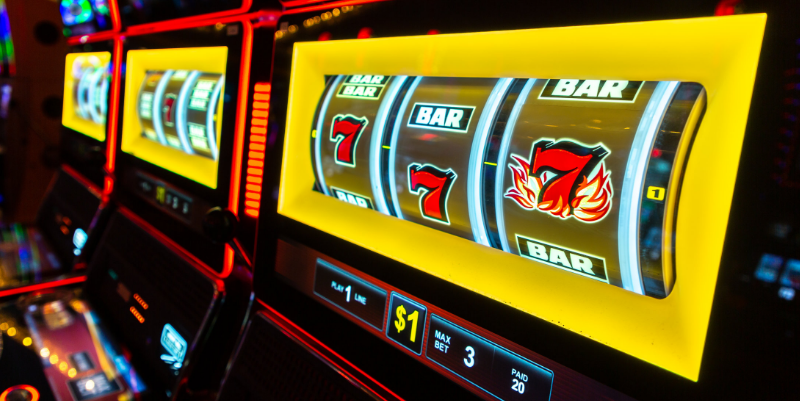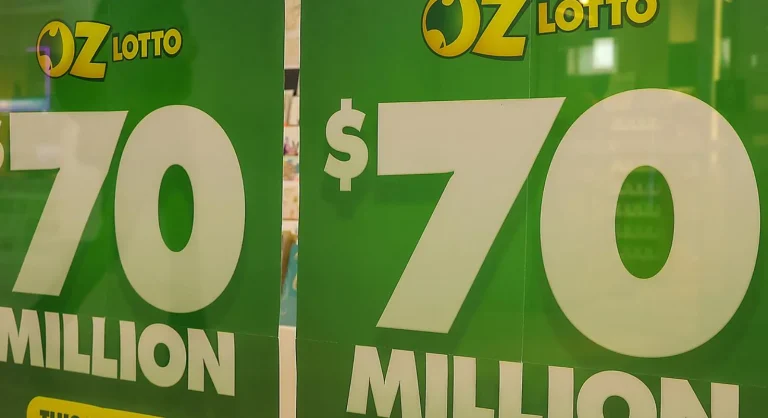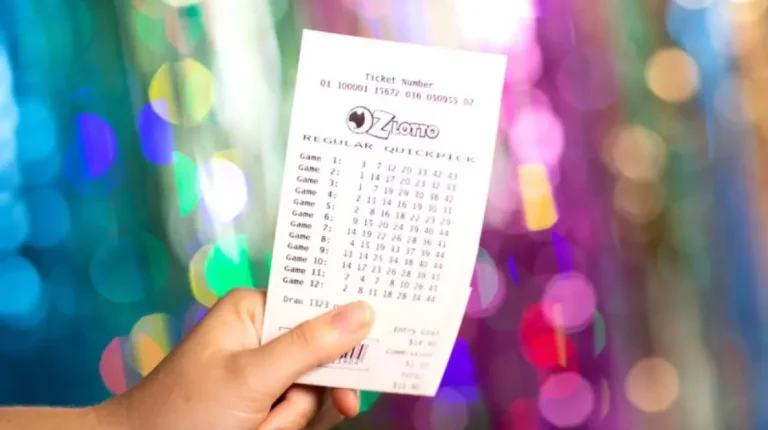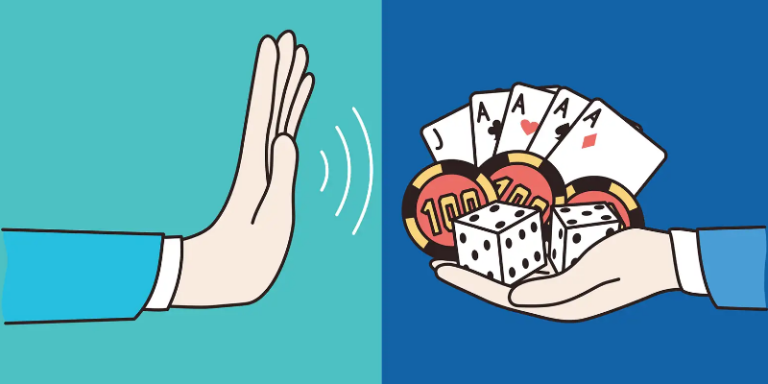One of the most common questions from slot players is: How can I find loose slot machines — the ones with higher payouts? While slot games don’t typically disclose their payback percentages, and the same title can be set to different payout levels at different casinos, there are still smart ways to improve your odds.
Here are five practical strategies to help you locate higher-paying slots:
1. Check Casino Payback Reports
In most regulated markets, state gaming commissions release monthly or quarterly casino payout statistics. These reports provide valuable insights into how much, on average, slot machines return to players.
In well-established markets like Nevada, New Jersey (Atlantic City), and Connecticut, data is often detailed and broken down by location or denomination. Even in newer markets like Massachusetts, some form of reporting is usually available.
Websites of gaming commissions or gambling watchdog sites are a great place to start.
2. Play Higher Denomination Machines
One consistent trend across all casino reports: higher denomination slots usually have better payback percentages than lower ones.
For example, a $1 or $5 machine might be set at 94–96% payback, while penny slots could be as low as 85–88%. Even if you’re not a high roller, you can still find quarter or half-dollar machines that fit your budget and offer better odds than penny games.
Keep in mind: a $5 spin on a 10¢ machine is usually better than a $5 max bet on a 1¢ machine in terms of return over time.
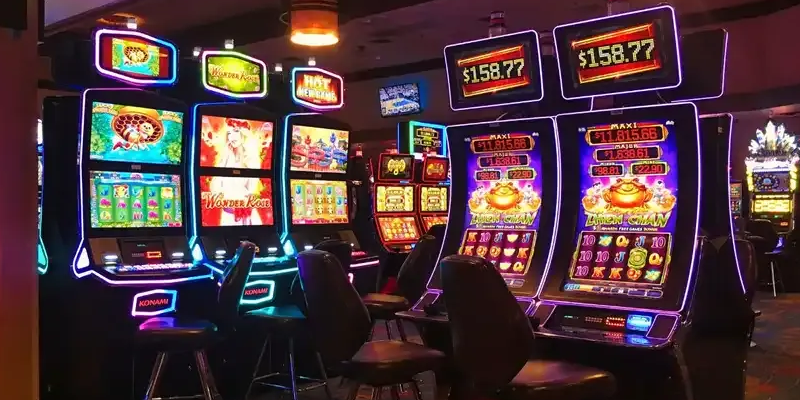
3. Pay Attention to Casino Marketing
Casinos that offer looser slots usually promote it — and loudly. If a casino has intentionally set their machines to pay more than the competition, they’ll often advertise this through banners, commercials, or on their website.
El Cortez in Las Vegas is a good example. They’ve long promoted their higher payback rates compared to strip casinos. While marketing claims like “voted loosest slots” are subjective, statements based on actual percentage data are a more reliable signal.
When you see specific figures (like “slots paying back 97%”), that’s a strong indicator the casino wants you to know they’ve got looser games.
4. Look for Signage on the Slot Floor
Occasionally, casinos will label individual machines or banks of slots with their guaranteed payback percentages. For instance, you might see a machine that says “97% payback” — that figure is typically accurate if printed directly on the machine.
However, be wary of vague wording. If a sign says “up to 97%,” that usually means only one or two machines in that bank are set at the top level — and it’s often not clear which ones. Casinos use precise language because regulations require them to honor those claims, but you’ll need to read the fine print.
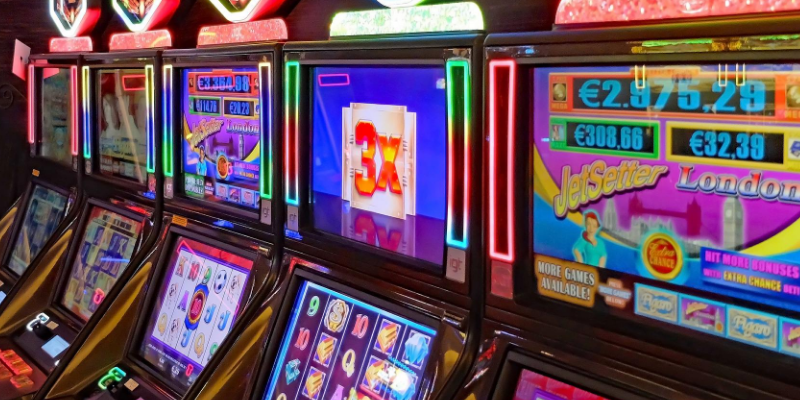
5. Use Video Poker Pay Tables as a Clue
Unlike slots, video poker games have transparent pay tables, and the return can be calculated based on known hand probabilities. If a casino offers generous video poker paybacks (like 9/6 Jacks or Better at the $1 level), it’s a good sign the rest of their slot floor may also be more favorable to players.
This tip was once shared by Kevin Sweet, former VP of Gaming at The Cosmopolitan in Las Vegas. He mentioned that as a player himself, he judged casino generosity by checking video poker settings — and used that as a hint toward how tight or loose the entire slot floor was likely to be.
Final Thoughts
You’ll never know the exact payout percentage of a specific slot, but you can still make smarter choices. By using available payback data, understanding how denominations affect returns, and recognizing subtle clues in casino marketing and game signage, you can improve your chances of playing on “looser” machines.
While there’s no guaranteed formula, these strategies give you an edge — and in slots, every little bit helps.
